US Travel Warnings and Response Strategies (2025)
- Published on
Before traveling to the United States, understanding potential travel warnings and countermeasures is key to ensuring a safe and enjoyable trip. Below is an in-depth explanation of each aspect of detailed warnings and coping strategies for traveling to the U.S. Each list contains eight items that are expanded upon.
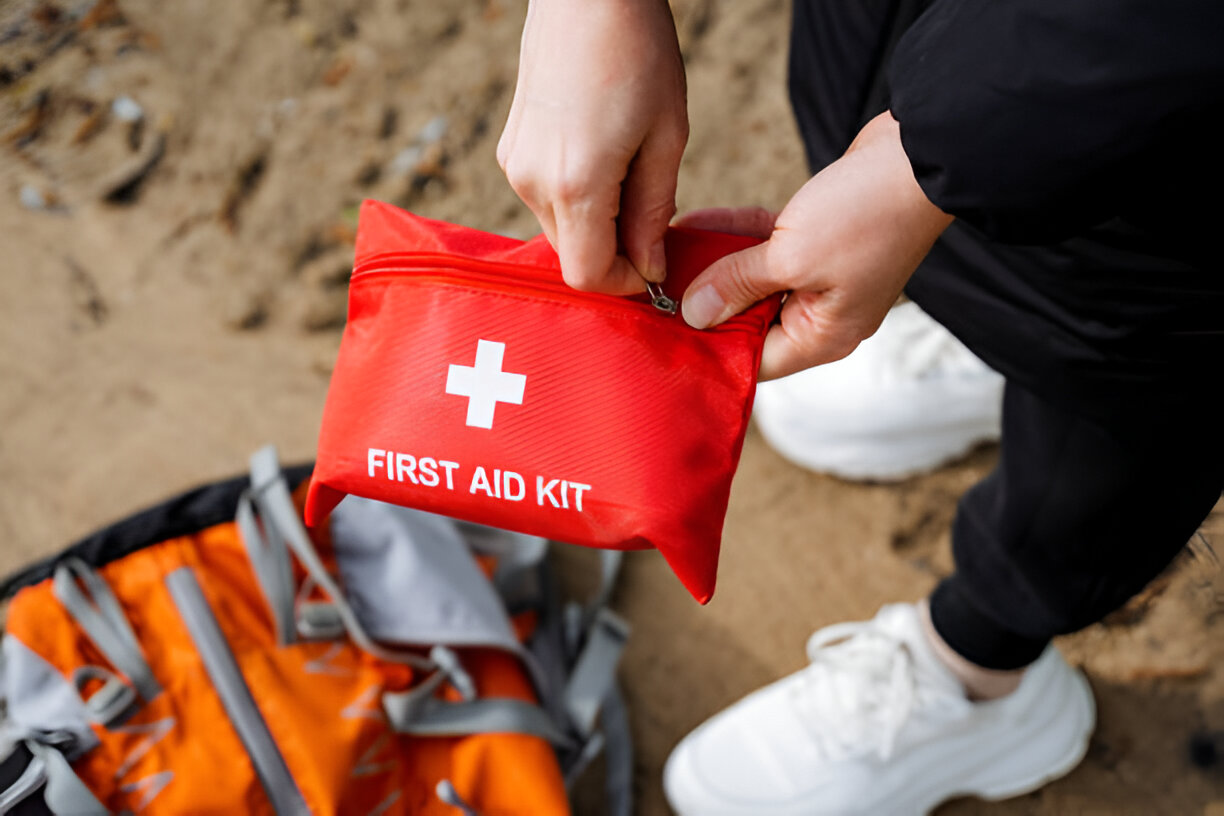
1. Natural Disasters
Risks of natural disasters
- Hurricanes:
- The southeastern coastal region (e.g., Florida and Louisiana) experiences an annual hurricane season, usually from June through November. Hurricanes can bring strong winds, heavy rains and flooding, causing infrastructure damage and loss of life. Visitors need to monitor weather forecasts when planning their trip and avoid traveling during hurricane warnings.
- Wildfires:
- In California and other western areas, the risk of wildfires increases significantly during the dry season (especially summer and fall). Fires can spread rapidly and threaten life and property. Visitors should avoid camping in high-risk areas and stay tuned to local fire warnings.
- Tornadoes:
- The Midwest (e.g., Kansas and Missouri) often faces the threat of tornadoes in the spring. Tornado formation is usually accompanied by strong thunderstorms with wind speeds up to 300 miles per hour. Visitors should be aware of local tornado warning systems and take shelter in the event of severe weather conditions.
- Earthquakes:
- California is one of the most seismically active regions in the United States. Earthquakes can result in building collapses, fires, and other secondary hazards. Visitors should familiarize themselves with self-protection measures during earthquakes, such as sheltering under sturdy furniture and avoiding close proximity to windows.
- Flooding:
- Flooding can occur in several areas of the United States during the spring and during periods of heavy rainfall, especially near rivers. Flooding not only disrupts transportation, but may also cause property damage. Travelers should closely monitor weather changes and avoid areas with high flood risk.
- Severe Cold Weather:
- Extreme cold weather is possible during the winter months in northern regions, which can lead to icing and snowstorms. Low temperature conditions may impact transportation and outdoor activities. Visitors should prepare appropriate warm clothing and pay attention to weather forecasts.
- Volcanic activity:
- There is a risk of volcanic activity in the western United States (e.g., Mount St. Helens in Washington State). Volcanic eruptions may pose a threat to the surrounding environment and transportation. Travelers should be aware of local volcano warning systems and take precautions when necessary.
Coping strategies
- Monitor the weather:
- Use weather apps (e.g. Weather.com or AccuWeather) to check for weather changes in real time, especially when traveling to high-risk areas, and make sure to stay up-to-date on severe weather warnings.
- Develop an emergency plan:
- Before traveling, create an emergency plan that includes the nearest shelter, evacuation routes and emergency contacts. Make sure the entire family is aware of emergency procedures so they can respond quickly in the event of a natural disaster.
- Prepare an emergency kit:
- An emergency kit should contain basic survival necessities such as dry food, water, first aid supplies, flashlights, extra batteries, and copies of important documents. The emergency kit should be kept in an easily accessible place so that it can be quickly accessed in case of an emergency.
- Follow local guidance:
- During natural disasters, pay attention to announcements and guidance from local authorities and weather services, follow safety advice, avoid hazardous areas, and ensure your own safety.
- Keep communications open:
- Ensure that your cell phone is charged and working properly so that you can stay in touch with family or friends in an emergency. Consider carrying a backup power supply or satellite phone in areas with poor network signal.
- Learn about emergency shelters:
- Locate and know the location of the nearest emergency shelters and medical facilities ahead of time to ensure that you can quickly find a safe place in the event of a natural disaster.
- Participate in emergency drills:
- If possible, participate in local emergency drills to familiarize yourself with the response process and learn how to protect yourself and others in the event of a disaster.
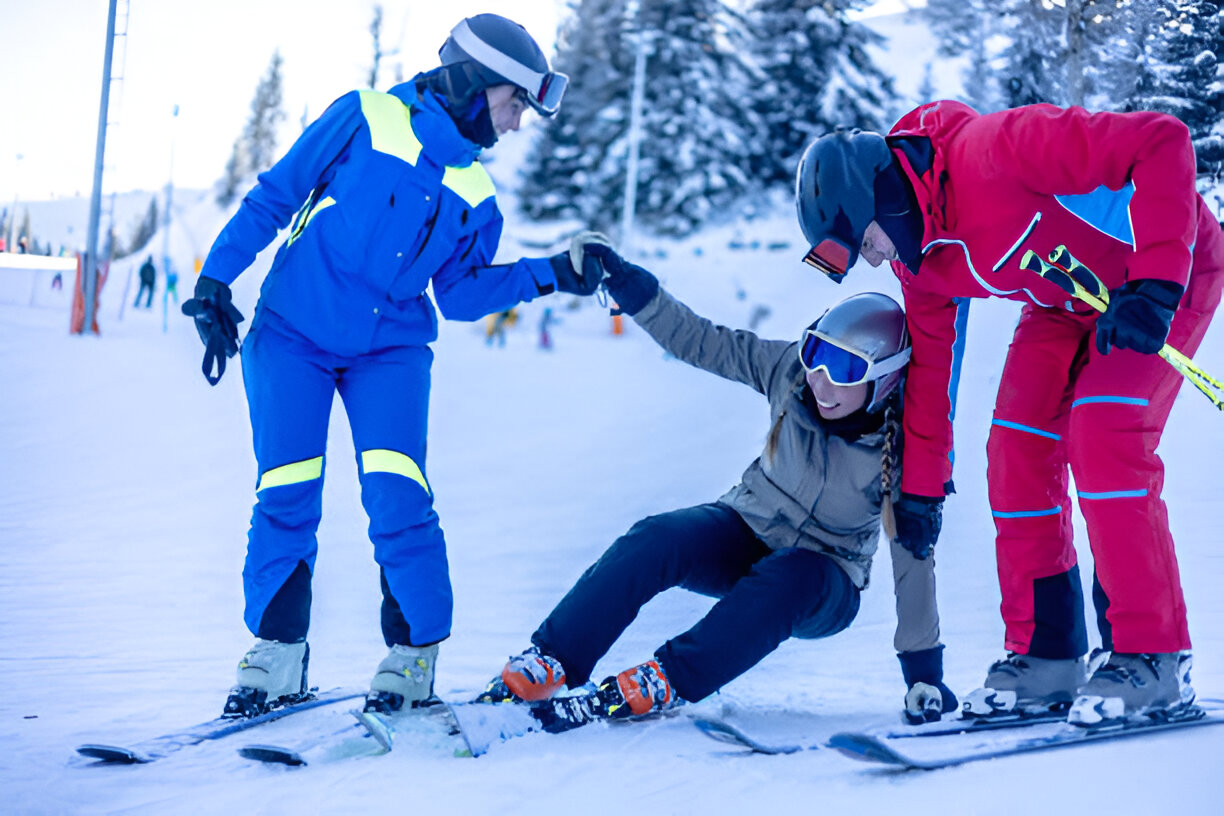
2. Social security risks
Risks to social security
- City crime:
- Certain areas of large cities (e.g. New York, Chicago, Los Angeles) have high crime rates, especially at night. Visitors should remain alert in these areas and try to avoid going out alone, especially in isolated or unfamiliar places.
- Gun violence:
- Gun violence in the United States has caused widespread concern, with shootings occurring in certain areas. Visitors should avoid participating in any activities that may lead to conflict and keep a low profile and be alert.
- Pickpocketing and Theft:
- In tourist hotspots, tourists are often targets of pickpockets, especially in crowded areas. Ensure that your belongings are secure, especially your passport and cash, and try to keep your bag in front of your body.
- Fraud:
- Various scams are common in tourist areas, such as street performers asking for donations or fake cabs. Tourists should be vigilant to avoid being deceived and choose regular channels to spend their money.
- Bad behavior:
- Bad social behavior, such as drunkenness or fighting, may exist in certain areas. Visitors should try to avoid contact with undesirable elements and choose safe social occasions.
- Safety at night:
- When traveling at night, try to avoid isolated areas and choose crowded places and safe modes of transportation. Use taxi apps (such as Uber or Lyft) to ensure a safe ride home.
- Social Media Risks:
- When sharing travel plans on social media, avoid revealing too much personal information, especially travel times and locations, to prevent potential safety hazards.
Coping strategies
- Stay alert:
- Take care to protect your personal belongings in crowded places and try to keep your bag in front of your body to avoid distraction and reduce the risk of theft.
- Use safe storage tools:
- Choose backpacks with anti-theft features, such as bags with locking clasps and waterproof materials, to ensure the safety of your belongings. Use safes to store valuables in hotels.
- Avoid displaying valuables:
- Try not to display valuables such as cell phones and cameras in public places to reduce the risk of theft. Choose inconspicuous ways to carry your personal belongings.
- Learn about common scams:
- Learn about common local scams, such as fake cabs and street fundraisers, and be alert to avoid being duped.
- Do not take random vehicles:
- Use official cabs or trusted taxi apps to ensure safe travel and avoid taking unfamiliar vehicles.
- Carry emergency contact information:
- Record local police, EMS and fire phone numbers in case of emergency. In case of danger, call 911 for help.
- Communicate with locals:
- Ask locals for safety advice, find out what areas to avoid, and listen to their experiences and advice.
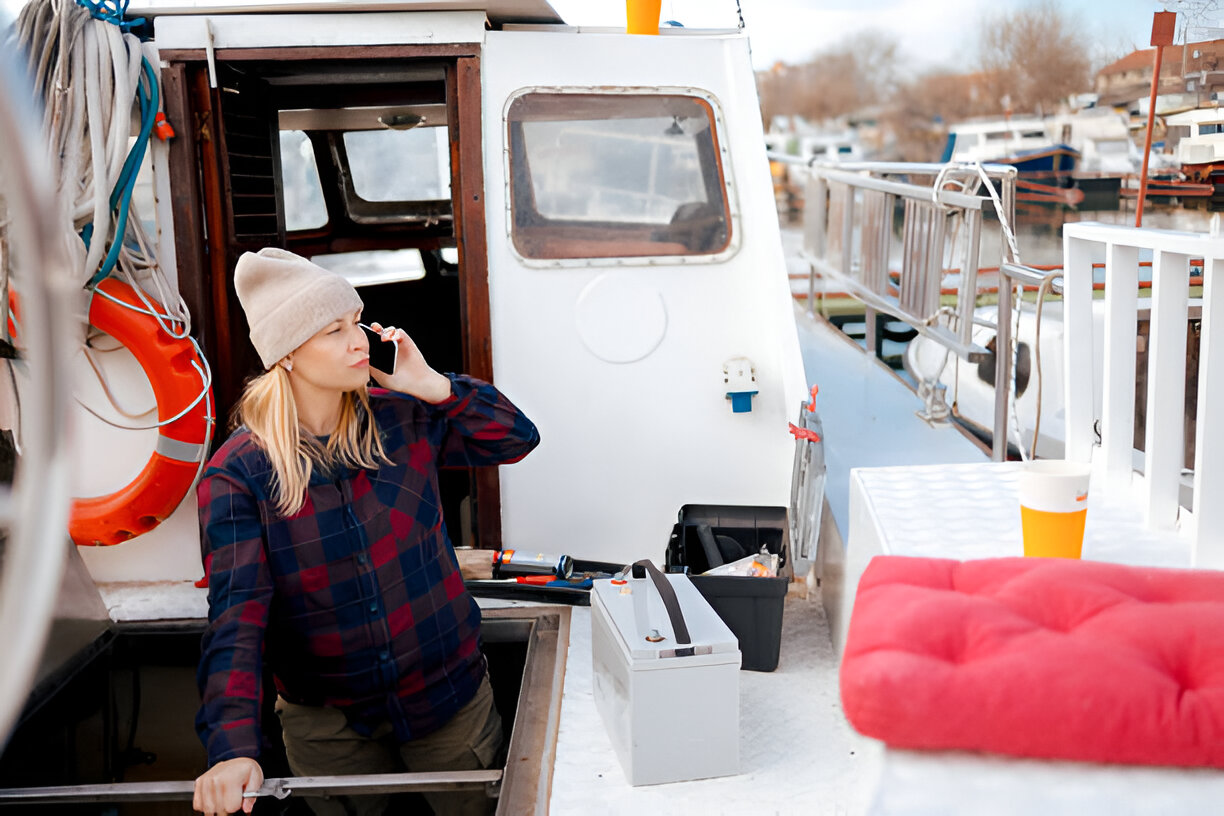
3. Accessibility of medical services
Risks of medical services
- Inadequate medical facilities in remote areas:
- In some remote areas, medical facilities and emergency services may be relatively scarce, and tourists may face a longer rescue time in case of sudden illnesses or accidents.
- High medical costs:
- Medical costs are generally high in the U.S. Uninsured tourists may face huge bills in case of hospitalization or emergency treatment, and tourists are advised to purchase travel insurance to cover medical expenses prior to their trip.
- Emergency response time:
- In remote areas, the response time for emergency services may be longer. Travelers should know in advance the location of nearby medical facilities in case of emergency.
- Medicine accessibility:
- Certain areas may lack pharmacies. Tourists should prepare common medicines before traveling in case of emergency.
- Medical Insurance Coverage Issues:
- Make sure that the travel insurance you purchase covers medical services in the U.S. in case of high medical costs due to an unexpected situation.
- Emergency medical services:
- In the U.S., dial 911 to reach emergency medical services and learn how to properly describe your condition so you can receive prompt assistance.
- Vaccination Requirements:
- Certain states may have specific vaccination requirements for inbound travelers. Travelers are advised to consult relevant information before traveling to ensure compliance with local requirements.
Coping strategies
- Purchase travel insurance:
- Ensure that you purchase travel insurance that covers medical expenses to avoid financial burden due to medical expenses, and choose a reputable insurance company.
- Pack common medications:
- Prepare some common medications such as cold medicine, painkillers and allergy medicine for emergencies to ensure you stay healthy during your trip.
- Know about medical facilities:
- Before traveling, know the location and contact numbers of medical facilities near your destination in advance so that you can seek medical attention quickly if needed.
- Master first aid knowledge:
- Learn basic first aid skills such as CPR and stopping bleeding to be able to help in case of an emergency.
- Prepare a first aid kit:
- Carry a first aid kit containing bandages, antiseptics and common medications to ensure that minor injuries and illnesses can be dealt with quickly.
- Maintain health records:
- Carry your personal health record and allergy information with you so that your doctor can understand your condition and provide better medical care.
- Seek medical attention in a timely manner:
- If you feel unwell, seek medical attention as soon as possible to avoid worsening of the problem and to ensure your health and safety.
4. Transportation security
Risks to traffic safety
- Traffic congestion:
- Heavy traffic during rush hour in major cities (e.g., Los Angeles, New York) can easily cause delays. Visitors should plan their travel time in advance to avoid rush hour.
- Drinking and driving:
- The U.S. has very strict drinking and driving laws and violators will face heavy fines. Visitors should make sure that they do not drive after drinking and choose a safe mode of transportation.
- Traffic Accidents:
- The United States has a high rate of traffic accidents, especially at busy intersections. Visitors should pay attention to obeying traffic signals to ensure safe crossing of the road.
- Risks of Used Car Transactions:
- Be cautious when purchasing a used car to ensure that the vehicle is legally compliant. It is recommended that transactions be conducted through regular channels and that vehicle inspections be conducted.
- Public Transportation Safety:
- When using public transportation, you need to pay attention to your surroundings to ensure the safety of your belongings and stay alert in crowded places to avoid pickpocketing.
- Pedestrians and cyclists:
- Watch out for pedestrians and bicyclists while driving, follow traffic rules to ensure safe driving and avoid collisions.
- Weather Affects Driving Safety:
- Bad weather (e.g. heavy rain, snow) can affect driving safety and visitors should drive carefully in such conditions to avoid unnecessary risks.
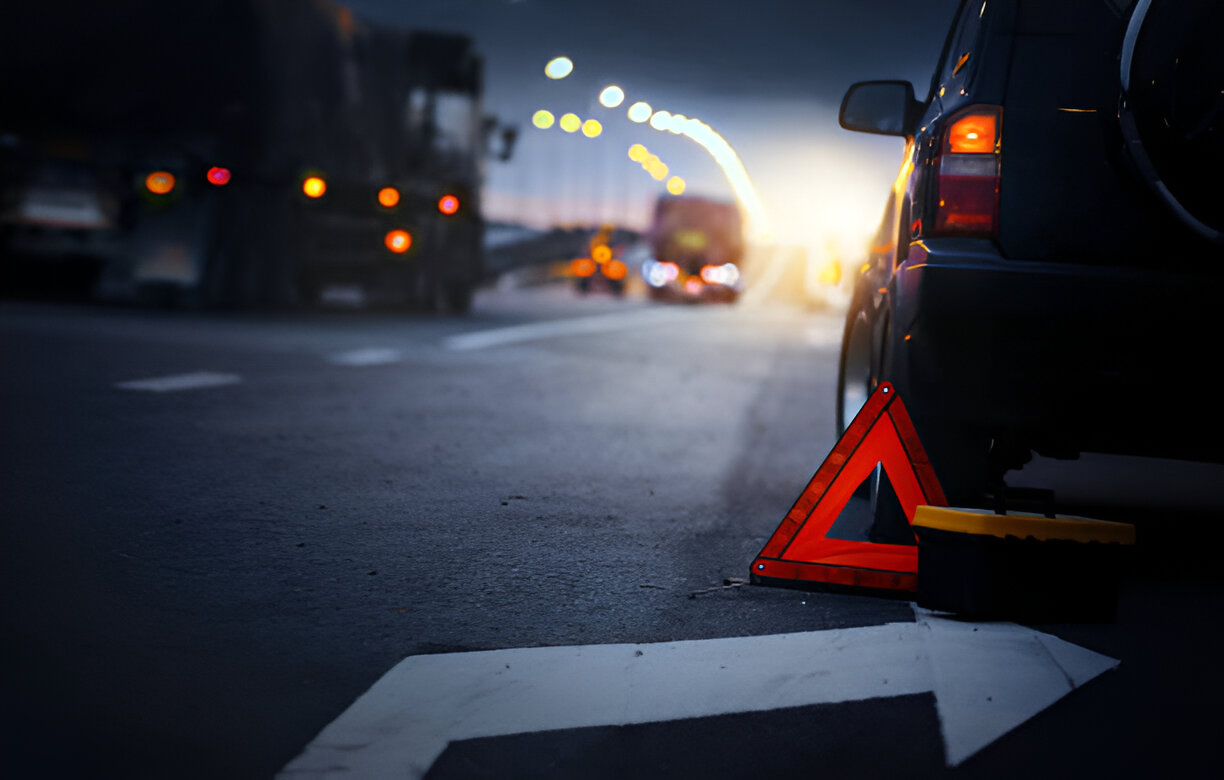
Coping strategies
- Know the traffic rules:
- Understand local traffic regulations and follow speed limits and signal instructions before driving to ensure safe driving and avoid fines.
- Use navigation tools:
- Use navigation apps (such as Google Maps or Waze) to check traffic conditions in real time and choose the best route to avoid traffic jams.
- Keep your distance:
- Maintain a safe distance between vehicles in congestion or bad weather to avoid rear-end accidents and ensure sufficient reaction time with the vehicle in front of you.
- Check your vehicle regularly:
- Make sure your vehicle is in good condition and check your brakes, tires and lights regularly to ensure safe driving.
- Avoid distracted driving:
- Don't use your cell phone while driving and concentrate on your driving to ensure you are focused and reduce the risk of an accident.
- Be careful driving at night:
- When driving at night, use appropriate lights and be aware of pedestrians and other vehicles to ensure safety.
- Obey traffic signs:
- Pay attention to traffic signs and signals on the road and ensure that speed limits and stopping requirements are observed to avoid violations.
5. Laws and regulations
Legal and regulatory risks
- Legal restrictions on smoking and drinking:
- Legal restrictions on smoking and drinking vary from state to state, and smoking in public places is prohibited in some places, so travelers need to be aware of and follow local regulations.
- Code of conduct in public places:
- Behavior in public places may vary from region to region. Visitors should follow local laws and regulations to avoid legal liability for inappropriate behavior.
- Traffic regulations:
- Traffic regulations vary from state to state. Ensure that you follow local traffic rules to avoid penalties for ignorance.
- Legal restrictions on demonstrations and rallies:
- When participating in public events you need to follow local laws and regulations to ensure that the event is legal and to avoid being detained for participating in illegal demonstrations.
- Legal responsibility for damage to cultural heritage:
- Follow the regulations when visiting historical sites. Destruction of cultural heritage will result in legal liability, and tourists need to respect culture and history.
- Environmental Protection Regulations:
- In the United States, dumping garbage or destroying the environment will face fines. Visitors should follow local environmental protection regulations and work together to maintain the ecological environment.
- Intellectual Property Issues:
- When using music, videos and other content, you need to pay attention to copyright issues to avoid infringing on intellectual property rights and ensure legal use.
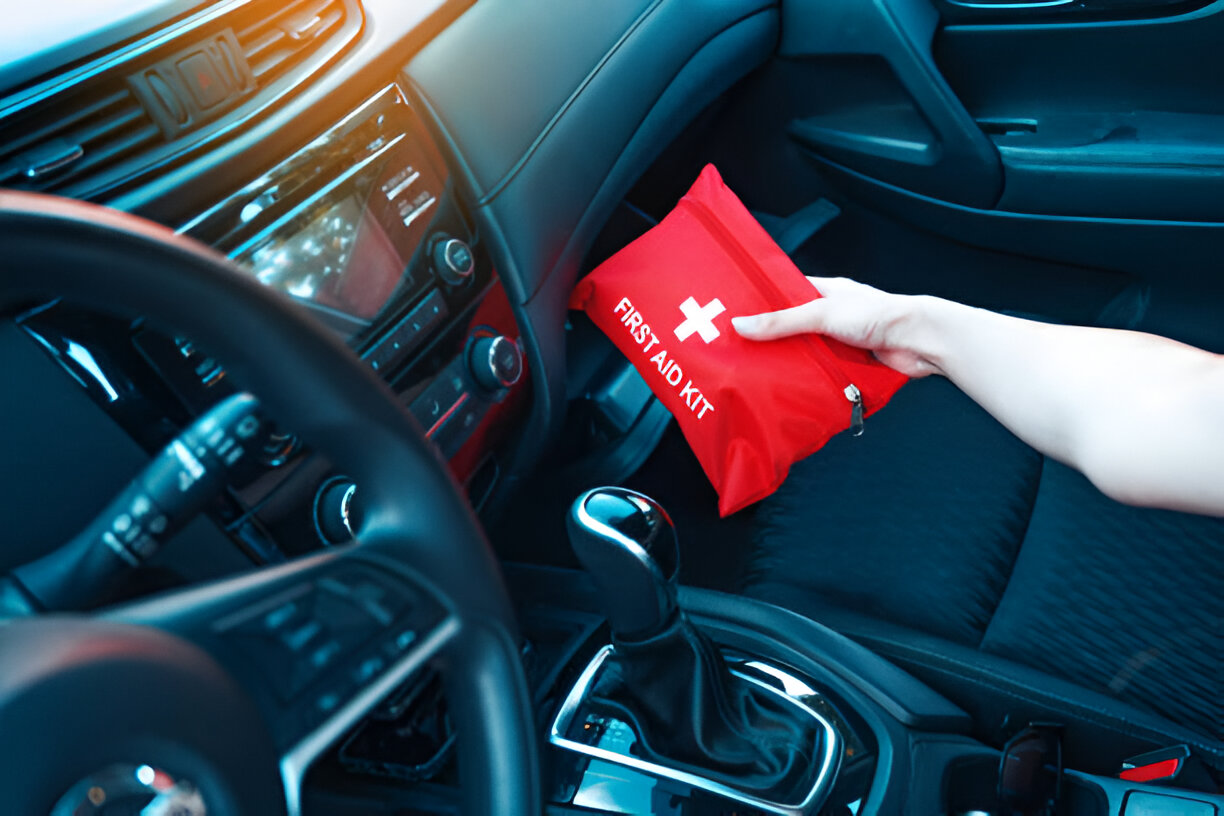
Response Strategies
- Understanding local laws:
- Know the laws and regulations of your destination before traveling and ensure compliance to avoid getting into trouble due to ignorance.
- Follow drinking rules:
- Follow local laws when consuming alcohol to ensure that you do not violate legal age limits and avoid fines or other legal consequences.
- Avoid illegal activities:
- Ensure your safety, avoid legal problems and maintain a good image by not participating in any illegal activities.
- Maintain complete paperwork:
- Carry your passport and other important documents with you for inspection to ensure that you can provide the necessary information when needed.
- Consult local laws:
- When in doubt, consult a local legal professional promptly to ensure that you follow the relevant regulations and avoid unnecessary legal risks.
- Obey the rules of public places:
- Follow rules about smoking, drinking, etc. in public places to ensure compliance and avoid being penalized or causing conflict.
- Be aware of local customs:
- Understand and respect local culture and customs to avoid offending others and to promote harmonious relations with local residents.
6. Language and cultural differences
Language and culture risks
- English is the primary language:
- In the U.S., where English is the primary language, travelers may encounter language barriers, especially when communicating with local residents, which may lead to misunderstandings.
- Local accents and dialects:
- Different regions may have different accents and dialects. The use and pronunciation of certain words may cause communication difficulties, and visitors need to listen patiently.
- Cultural differences:
- Cultural differences between U.S. states, visitors need to understand the local customs and habits, so as not to offend others unknowingly.
- Food Culture:
- The eating habits of certain regions may be different from those of tourists. Understanding the local dining culture will help you better integrate into local life.
- Social Etiquette:
- On certain occasions, social etiquette is different, such as behavioral norms during meals, which tourists should know in advance to avoid inappropriate behavior.
- Festivals and celebrations:
- Festivals and celebrations have different customs across the U.S. Visitors should be aware of local celebrations in order to participate and respect them.
- Misunderstandings of common phrases:
- Certain common phrases may have different meanings in different cultures, and visitors need to be aware of the language used in communication to avoid misunderstandings.
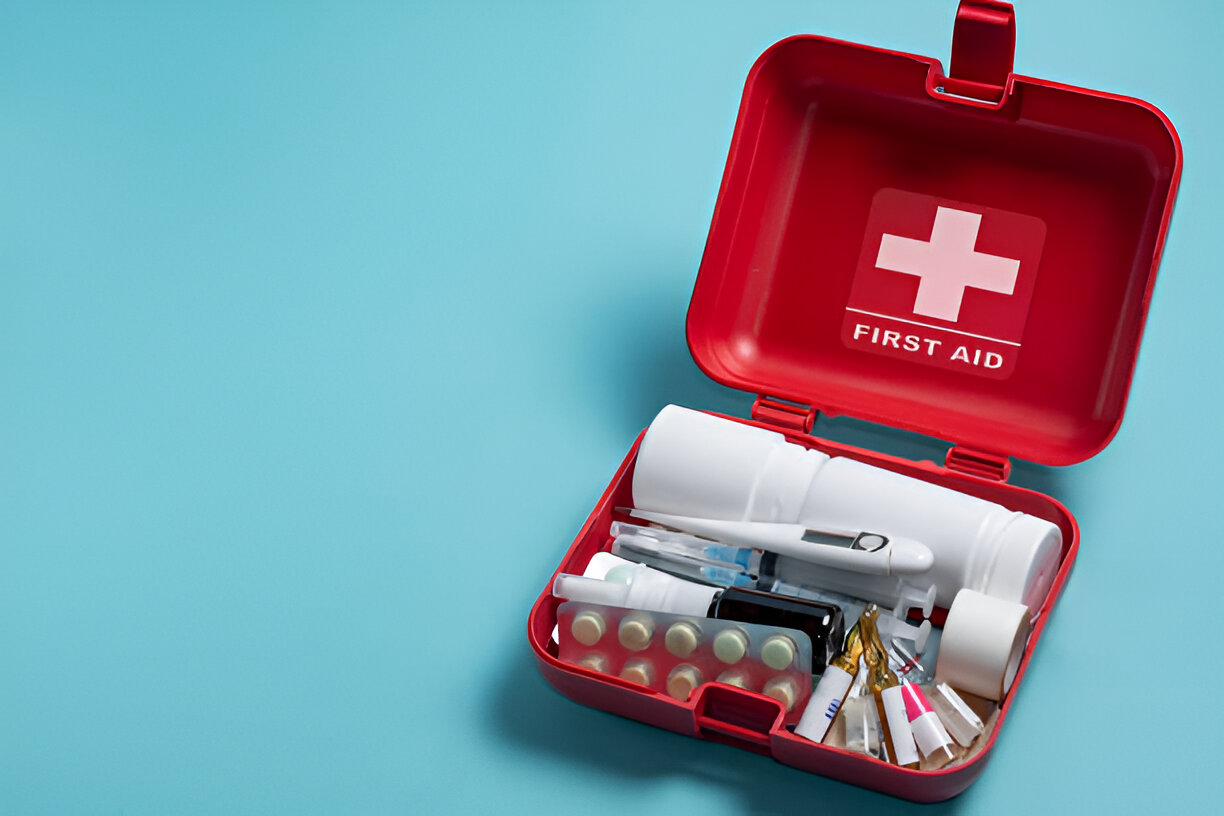
Coping strategies
- Learn basic phrases:
- Mastering some basic English phrases (e.g. greetings, thank you, asking for directions, etc.) will help to alleviate language barriers in daily communication.
- Respect cultural differences:
- Demonstrate understanding and respect for culture by respecting local culture and customs while traveling and avoiding offending local residents.
- Understand local customs:
- Learn about the culture and customs of your destination in advance, especially food culture and important festivals, in order to better integrate into local life.
- Participate in local activities:
- Participate in local cultural activities such as festivals and markets to improve your understanding of the culture and make new friends.
- Ask local people:
- In uncertain situations, ask locals for advice and guidance to help you better adapt to your environment.
- Use translation tools:
- Download translation apps (e.g. Google Translate) in order to communicate when needed and help resolve language barriers.
- Keep an open mind:
- Maintain an open attitude when communicating with people from different cultural backgrounds to improve understanding and build good interactions.
7. Importance of Internet Safety
When traveling, a smooth internet connection is important to ensure safety. The high-speed Internet service provided by PhoneSIMGo allows you to receive timely travel warnings and safety information, eliminating unnecessary risks and with no roaming charges. The activation process is simple, just scan the QR code and there is no need to change your SIM card. Upon arrival at your destination, you'll experience a stable network that ensures you stay on top of security.
8. Emergency contacts
- Dial 911:
- In the United States, emergency services can be reached by dialing 911 in the event of an emergency (such as a medical, fire, or criminal incident). When you call, clearly describe the type of help needed and the exact location to ensure a quick response.
- Local hospital contact information:
- It is important to know the contact information for hospitals near where you are staying. Being able to quickly locate and call a hospital can save valuable time when emergency medical help is needed.
- Police station contact information:
- Record the phone number of the local police station in case you need to call it. In case of theft or other crimes, calling the police in time is an important step in protecting yourself and your belongings.
- Consulate Information:
- Know the location and contact information for your country's consulate in the U.S. in case of a lost, stolen or other emergency. The consulate can provide assistance and guidance as needed.
- Hotel Emergency Contacts:
- When checking into a hotel, ask the front desk for information about emergency contacts and emergency procedures to ensure that you can get help quickly in the event of an emergency.
- Emergency Services App:
- Download mobile apps for local emergency services to get real-time information and contact services. These apps often provide weather updates, emergency notifications and map directions to enhance safety.
- Social Media Follow:
- Follow your local police department or emergency management's social media for the latest safety tips and emergency notifications. This information can help you stay up-to-date on the safety conditions around you.

Response Strategies
- Record emergency contact information:
- Before traveling, record local emergency contact numbers and keep them with you. Make sure this information is easily accessible in your carry-on bag or cell phone.
- Learn the emergency contact numbers for your hotel:
- When checking into a hotel, ask the front desk for emergency contact information to ensure that you can call for help quickly, especially in the event of a fire or other emergency.
- Carry identification:
- Always carry a passport or other identification document for inspection. It is important to be able to provide the necessary identification information in the event of an emergency.
- Notify your family of your trip:
- Keep in touch with your family regularly to inform them of your trip and location. Make sure your family knows how safe you are by sharing location apps or simple text messages.
- Use emergency communication tools:
- Use satellite phones or other emergency communication tools in remote areas to ensure you can stay in touch. Avoid isolation in places where there is no signal.
- Know your local warning systems:
- Learn about local warning systems and emergency response procedures to ensure that you can respond quickly, especially in the event of a natural disaster or other emergency.
- Participate in emergency drills:
- If possible, participate in local emergency drills to familiarize yourself with response procedures. By participating in drills, you will increase your ability to respond to emergencies and your self-confidence.
With these details and response strategies, travelers can gain a more complete understanding of the risks they may face when traveling to the U.S. and take appropriate steps to ensure safety. We hope this information will help you prepare for an enjoyable and safe trip to the United States!
